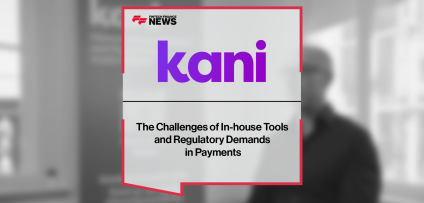Breaking News
The Trade-Offs of Package Solutions for Banks
Package solutions for banks offer a range of benefits, including faster implementation and lower initial costs. However, as businesses scale, the trade-offs between using off-the-shelf products and in-house solutions become apparent. In this video, experts discuss how financial institutions must weigh the flexibility of in-house systems versus the ease of deploying package solutions. While many banks opt for pre-built solutions due to their quicker setup and lower costs, the hidden challenges of maintaining these systems and the risk of vendor lock-in should not be overlooked. It’s crucial for businesses to assess the long-term sustainability of these solutions, considering factors such as regulatory changes and the evolving needs of their customers.
For many institutions, the choice between in-house development and package solutions for banks comes down to flexibility and control. In-house solutions offer the advantage of full customization, allowing companies to tailor the system to their specific needs. However, they come with a significant maintenance burden, requiring continuous development and updates to keep up with regulatory changes and market demands. Data surveys indicate that while 10% of firms still rely on in-house systems, 71% struggle with keeping their reports up to date and finding it takes too long. This highlights the challenge that in-house systems face in terms of maintenance and scalability.
On the other hand, package solutions for banks are often seen as a quicker and cheaper alternative. By leveraging pre-built platforms, banks can implement systems faster and at a lower upfront cost. However, these solutions come with the potential downside of being tied to a vendor. Vendor lock-in can be a significant risk, as companies may face challenges if they need to switch providers or make adjustments. In some cases, this lock-in can lead to increased costs in the long term, especially if the vendor raises prices or makes changes to the service that are not aligned with the bank’s needs.
One important consideration when adopting package solutions for banks is the cost of maintaining them. Although these systems are cheaper to install and customize initially, they often require ongoing investment in terms of specialized expertise. As companies become more dependent on these solutions, the cost of maintaining and operating them can rise unexpectedly. Moreover, if a bank faces the need to switch vendors or discontinue the service, the process can be costly and time-consuming. In these situations, banks may find themselves in a position where they need to restart their strategy or even build a bespoke solution from scratch.
The risk of being tied to a vendor with a package solution for banks highlights the need for careful planning. It’s essential for businesses to not only consider the initial cost and speed of implementation but also the long-term implications of vendor relationships. Developing an exit strategy and contingency plan can help mitigate the risks of switching providers in the future. In some cases, opting for a more bespoke arrangement may provide greater control, even though it may come with higher upfront costs. It’s crucial for banks to evaluate their needs thoroughly and choose the best option based on their long-term goals.
- Why Most US Brokers Are Unavailable to European Investors Read more
- NatWest Formally Appoints PEXA to Set a Path to Digital Property Transactions Read more
- ThetaRay Launches Self-Service Rule Builder and Simulator Giving Compliance Teams Direct Control and Faster Rule Deployment Read more
- Samsung Wallet Launches In-Store Installment Payments Through Splitit Read more
- Temenos Recognized by CNBC as One of the World’s Top Fintech Companies Read more





















